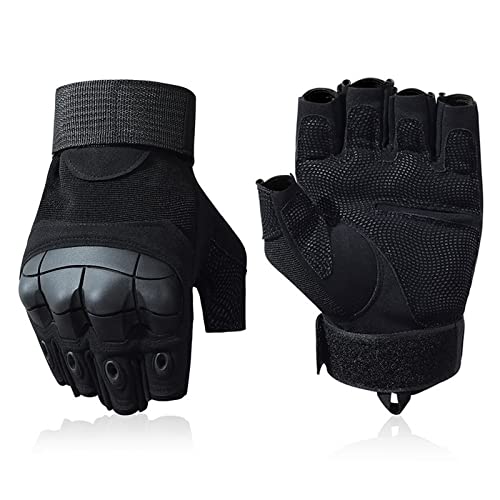Here's your answer:
"While speed, road conditions and tire wear all play a part, the main cause of hydroplaning is water depth. Hydroplaning is possible whenever water accumulates to a depth of one-tenth of an inch (0.3 centimeters) or more for at least 30 feet (9.14 meters) and a vehicle moves through it at 50 miles per hour (22.35 meters per hour) or more."
[source: Crash Forensics]
Note that the text said that "hydroplaning is possible." This possibility is increased by factors such as:
- a less porous road surface
- tire wear
- less weight
- higher speed
- deeper water
- braking, accelerating, or cornering
The number one reason people hydroplane is "pooling." Cars hit unexpected areas where water has collected or "pooled:" it's deeper.
CHECK THIS OUT:
Most people don't realize that hydroplaning is a gradual thing, it's going on all the time when you're traveling through water. If the water is flying out from under the tire, it takes force to do so. The volume and surface tension of the water creates a force acting against the tire; the water "fights back" against the tire attempting to move through it. The more force, the more the tire will begin to lift. Let's say that you're traveling through some water, and the "lift" generated by the water is only half of what's needed to cause what we call hydroplaning... complete loss of traction. You will have only half your available traction because of this... though you WON'T KNOW IT. As a tire passes over water, forcing it to be displaced, the water pushes back, BEGINNING to decrease the amount of pressure that the rubber exerts against the road. This is a gradual thing. We THINK hydroplaning only happens when we lose traction completely. But it begins to occur long before that. We just don't know it. When the force of the water (pushing back against the tire) overcomes the weight pushing down on the tire, it lifts completely off the surface of the road, creating total loss of traction.
There's a great deal more to this, try reading some of the design parameters for tire manufacturing. It'll make ya dizzy. But the important thing to remember is that traveling through standing water as LITTLE as 1/10th of an inch deep DOES produce hydroplaning. Go through it fast enough and you will lose ALL traction. The point is the faster you go, the MORE traction you lose. Put simply, if the water is flying when you pass over it, LIFT is being created. The only question is, how much lift???
There ya go.
Gary
darksider #44





















































